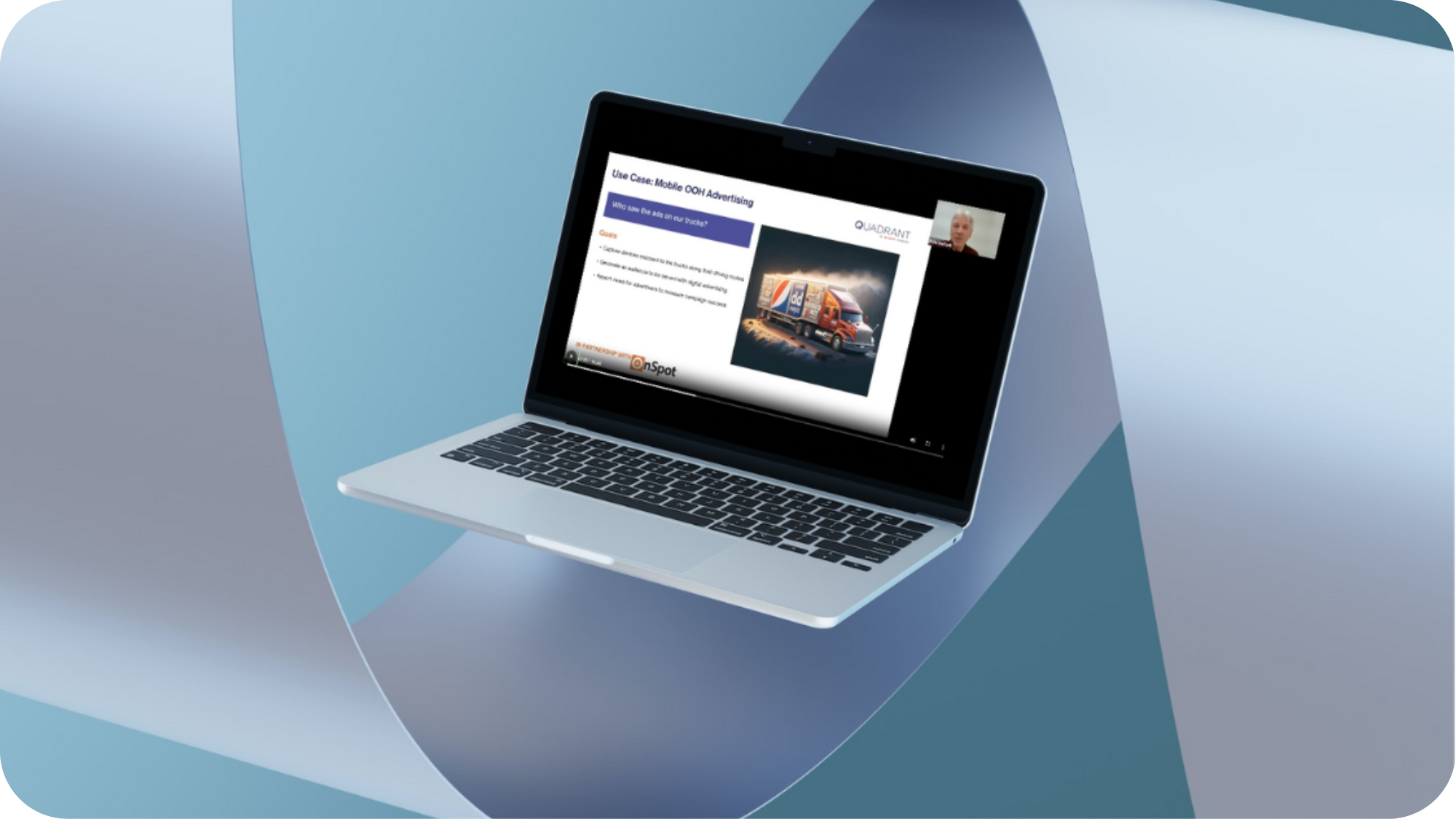Footfall analysis is a powerful form of business intelligence that allows brands to understand the visitation patterns around various POIs (Points-of-Interest). For retail stores, restaurants, and other POSs, footfall analysis can highlight important patterns such as the busiest time of day, competitor traffic analysis, and more. Whereas for government and public agencies, footfall analysis can highlight the consumption and demand of public services for the betterment of citizens’ lives.
Mobile location data is a vital enabler of footfall analysis. Anonymised GPS signals from mobile devices can be near-accurate indicators of foot traffic in an area. Movement patterns derived from studying these signals can allow businesses to optimise their services, execute competitive analysis, increase marketing ROI, and make informed, profitable decisions.
Prominent use cases of footfall analysis
Improve operational efficiency: Footfall numbers also help stores establish peak hours for different times of the week, month, and year to optimise workforce utilisation. For example: assigning the right number of sales personnel to a shift according to the busiest time of day.
Measure marketing performance: Along with the origin-destination analysis, footfall analysis can also help determine the ROI of seasonal promotions, marketing campaigns, and new product launches. Analysing footfall data is an indirect yet accurate method of determining attribution for OOH campaigns. Analysing mobility around an OOH asset and comparing it with footfall at the store can provide the effectiveness metrics for a campaign.
Select suitable sites for business expansion: Footfall analysis is also incredibly beneficial for business expansion. For example, while setting up a new retail outlet or expanding their existing POS network, business leaders want to ensure that they select the right sites that are hotspots of human activity and movement.
Predict sales: By analysing human mobility data in different commercial locations (and competitor POIs), businesses can derive insights on sites with the highest theoretical sales potential. Additionally, insights from footfall studies can be supplemented with transactions and historical sales data to forecast revenue accurately and proactively build strategies to stay profitable.
Asses competition: One of the most important and widely used applications of foot traffic analysis is competitor performance analysis. Physical retailers, banks, and f&b outlets employ mobile location data to determine the popularity of their competitors in an area to discern their market share and customer overlap. Using the intelligence from foot traffic analysis, businesses can build effective promotional strategies to retain their consumers and attract those of their competitors.
Using mobility data, data scientists and business analysts can build visual representation models to examine the distribution and movement of customers in a store on a typical day.
Comparing footfall at two popular fast-food chains - case study
Our data partner IotaQ is the leader in market research, reporting, competitor analysis and industry trends. Data scientists and statisticians at IotaQ use mobile location data, among other types of big data, to help businesses build a customer-centric culture supported by high-quality insights. IotaQ recently used Quadrant’s mobile location data to perform footfall analysis for two popular fast-food chain outlets in Charlotte, NC, USA. This dashboard built using a sample of Quadrant’s mobile location data provides deep, actionable insight that can be translated into various performance-enhancing business decisions. Here’s a quick look into some of the notable trends.
The most visited branch of Company 1 is at 5800 E W.T. Harris Blvd. For Company 2, the most visited branch is at 5801 N Sharon Amity, just across the street from Company 1’s top branch, which indicates that the traffic within this area is remarkably high, at least during the two weeks of the study. Nevertheless, the most visited branch for Company 2 represents only 75% of the visits compared to the top branch of Company 1.

We can also see the branches whose number of visits did not increase from week 1 to week 2. For Company 1, there are six branches whose number of visits decreased a maximum of 22% during week 1, while for Company 2, seven branches out of 15 saw a dip in visits.


It is also worth noting that Friday and Saturday between 6 am and 10 am and between 4 pm and 6 pm are the days and hours with the highest number of visits for both companies. But Company 1 maintains its customer traffic steadier during Friday with an average of 55% visits compared to the week's highest value. Company 2 loses a considerable number of visits between 10 am and 3 pm; therefore, its average of visits for that day is 37% compared to the highest visits of the week.


The day with fewer visits during the week is Thursday for Company 1 and Monday for Company 2.


During the period (week 1 and week2), Company 1 visits overcame Company 2 by almost 1% more visits approximately.





